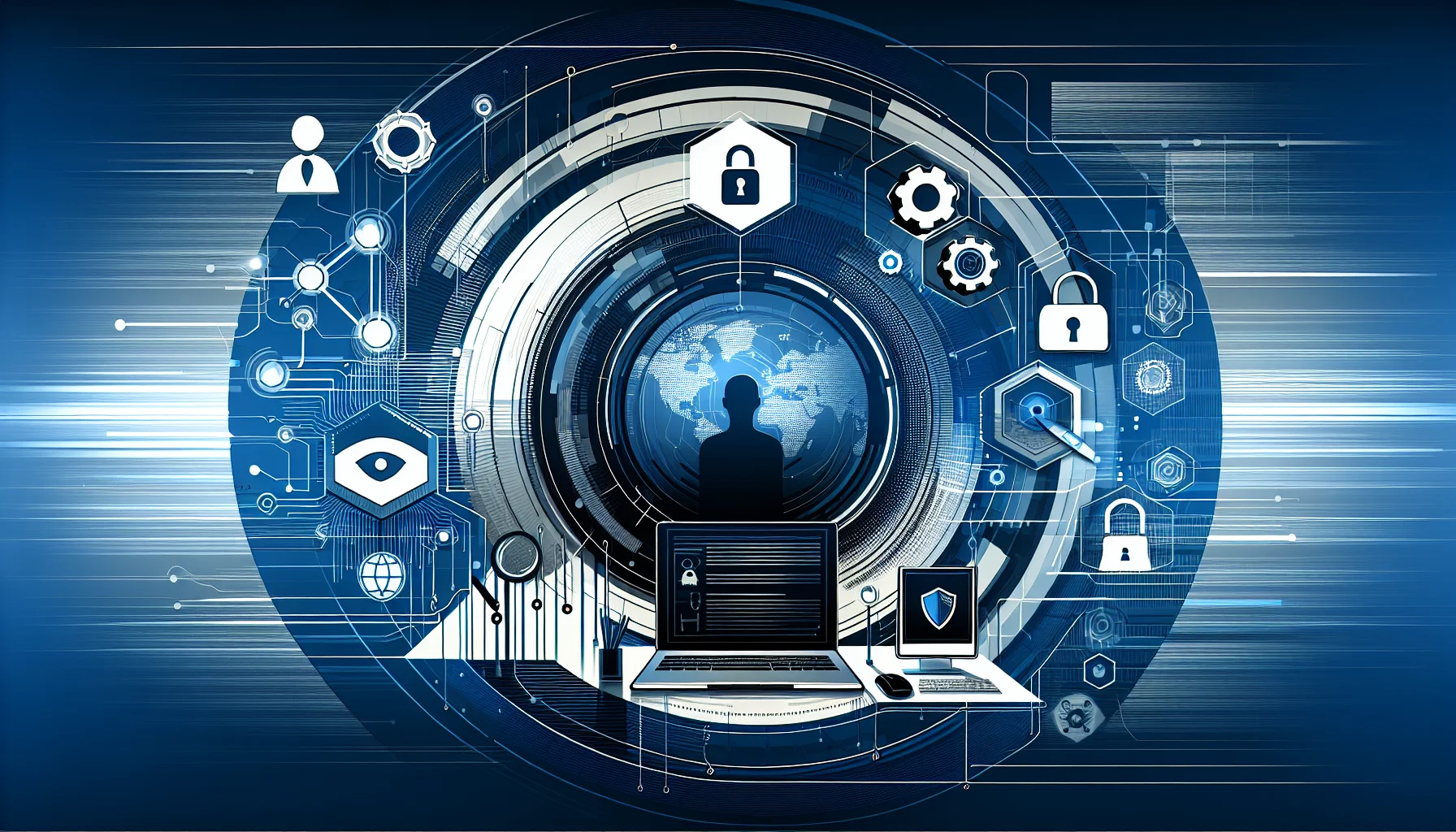The Importance of Multi-Factor Authentication: Enhancing Your Online Security
Discover why multi-factor authentication (MFA) is crucial for protecting your online accounts. Learn how MFA works and get practical tips for implementing it effectively.


The Importance of Multi-Factor Authentication
What is Multi-Factor Authentication?
Multi-Factor Authentication (MFA) is a security mechanism that requires users to provide multiple forms of verification before gaining access to an account. This method significantly enhances security by adding additional layers of protection beyond just a password.
Imagine you have a treasure chest filled with your most valuable possessions. To keep it safe, you don't rely on just one key; instead, you use multiple keys that must work together to unlock the chest. This is the essence of MFA—ensuring that even if one key (or factor) is compromised, your treasure remains secure.
Why is Multi-Factor Authentication Important?
Using only a password to secure your accounts is like having a flimsy lock on your front door. With multi-factor authentication, you add multiple layers of security, making it much harder for unauthorized users to gain access.
Protects Against Unauthorized Access
Passwords can be stolen or guessed, but MFA requires additional verification, such as a code sent to your phone or a fingerprint scan. This means that even if someone obtains your password, they still cannot access your account without the second factor.
Safeguards Your Personal Information
Think of your online accounts as virtual safes storing sensitive data like bank details, emails, and photos. Just like you wouldn't leave your safe unlocked, you shouldn't rely solely on a password to protect your digital information. MFA acts as an extra lock, making it much harder for cybercriminals to break in.
How Does Multi-Factor Authentication Work?
MFA typically involves three types of factors:
Something You Know
This is usually your password, a piece of information only you should know. It's like the secret code to your favorite club that only members are aware of.
Something You Have
In addition to your password, you need something physical, like your smartphone or a security key. It's similar to needing your ID card along with the secret club code to enter.
Something You Are
Some systems also use biometrics, such as your fingerprint or face ID. This is like adding a facial recognition scan on top of the secret club code and your ID card.
Simple Tips for Using Multi-Factor Authentication
Here are some essential tips to help you make the most of multi-factor authentication:
- Enable MFA on All Important Accounts: Ensure that your email, banking, and social media accounts are protected with MFA.
- Use Different Authentication Methods: For added security, use a combination of authentication methods, such as SMS codes and authenticator apps.
- Keep Backup Codes Safe: Store backup codes in a secure location in case you lose access to your primary authentication method.
- Stay Alert for MFA Notifications: Be vigilant about any MFA alerts, as they can indicate unauthorized login attempts.
By using multi-factor authentication, you can significantly enhance the security of your online accounts and protect your valuable information from falling into the wrong hands. In today's digital world, where cyber threats are ever-present, MFA is an essential tool for safeguarding your online presence.
About the Author

Marilyn J. Dudley
Marilyn is a Senior Network Engineer with over 15 years of experience in network infrastructure design and implementation. She holds CCNA and CCNP certifications and specializes in IP addressing, network security, and IPv6 migration strategies. Throughout her career, she has successfully led numerous large-scale network deployments and IPv6 transition projects for Fortune 500 companies. She is currently a dedicated writer for ipaddress.network, sharing her expertise to help organizations build secure and efficient networks.
Last updated: March 24, 2025





